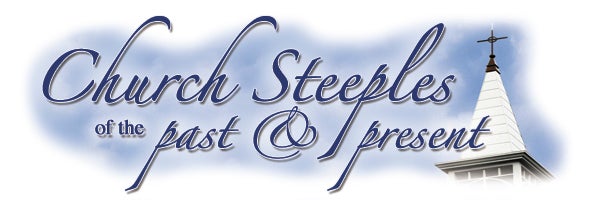Earlier churches were easily identified by bells, belfrys and steeples that reach into the sky
Published 12:24 pm Saturday, January 15, 2011
Editor’s Note: This is the first in a two-part series.
There was a time when many churches could be easily identified by one obvious symbol. This was a steeple or spire that extended above the roof line.
For those earlier churches the spires or steeples served as obvious landmarks on the skyline. Above other churches these higher aspects of architecture easily became the logical places to hang bells. Thus, for some congregations these parts of their places of worship became known as bell towers.
A good portion of those earlier churches were basically constructed of wood. As the memberships grew, larger structures were needed. And in time newer styles of architecture designs and materials like brick and stone started to prevail. As a result, the more modern church buildings were created minus the steeples, spires or bell towers.
There were several factors involved with a church not having an extended structure rising above the roof line. One was the challenge of maintenance. Another could be structural problems with this portion of the building. A good local example can be found with what happened to the original clock tower at the historical Freeborn County Courthouse. Still another has always been possible problems with high winds, tornadoes and even lightning. This last factor was emphasized on Aug. 15, 1966, when lightning reportedly struck the bell tower at Albert Lea’s Grace Lutheran Church. The resulting fire destroyed nearly half of the then new church building. Yet, the bell tower is still an outstanding part of this place of worship.
At the present time there are only three churches in Albert Lea with these distinctive additions. And, just by coincidence, all three structures have bells which add traditional touches to the religious aspects of city life.
Next week: Looking for belfrys and bell towers in of the past and present in Albert Lea.
[nggallery id=37]


